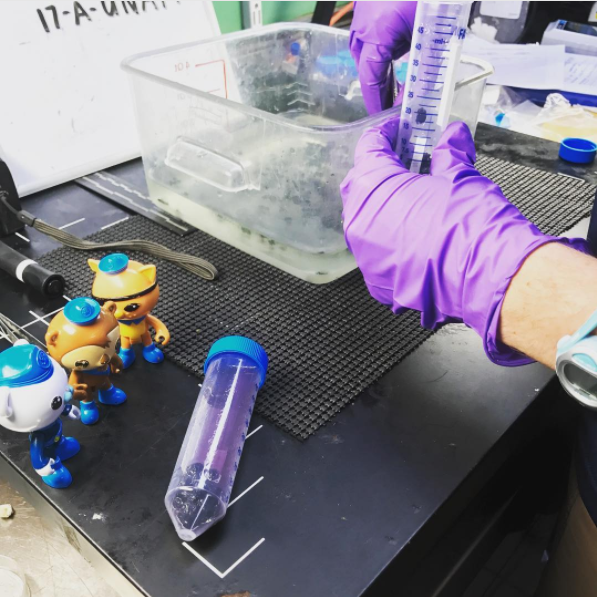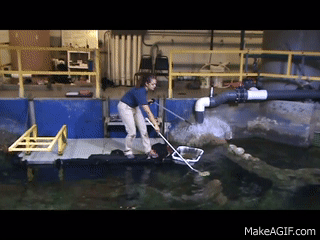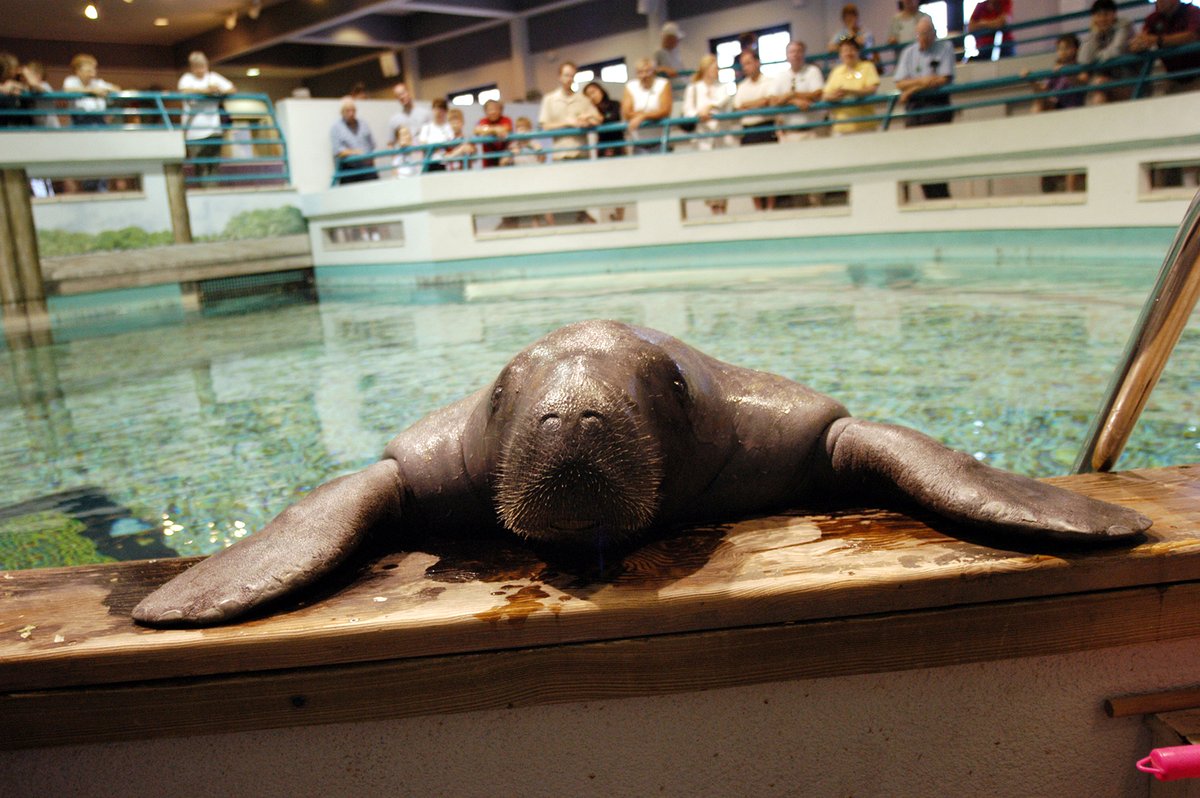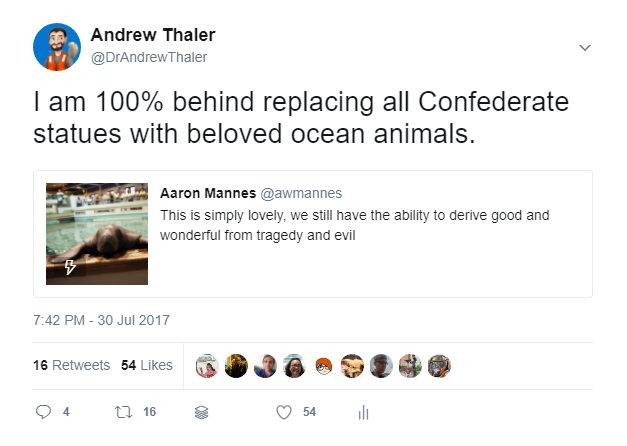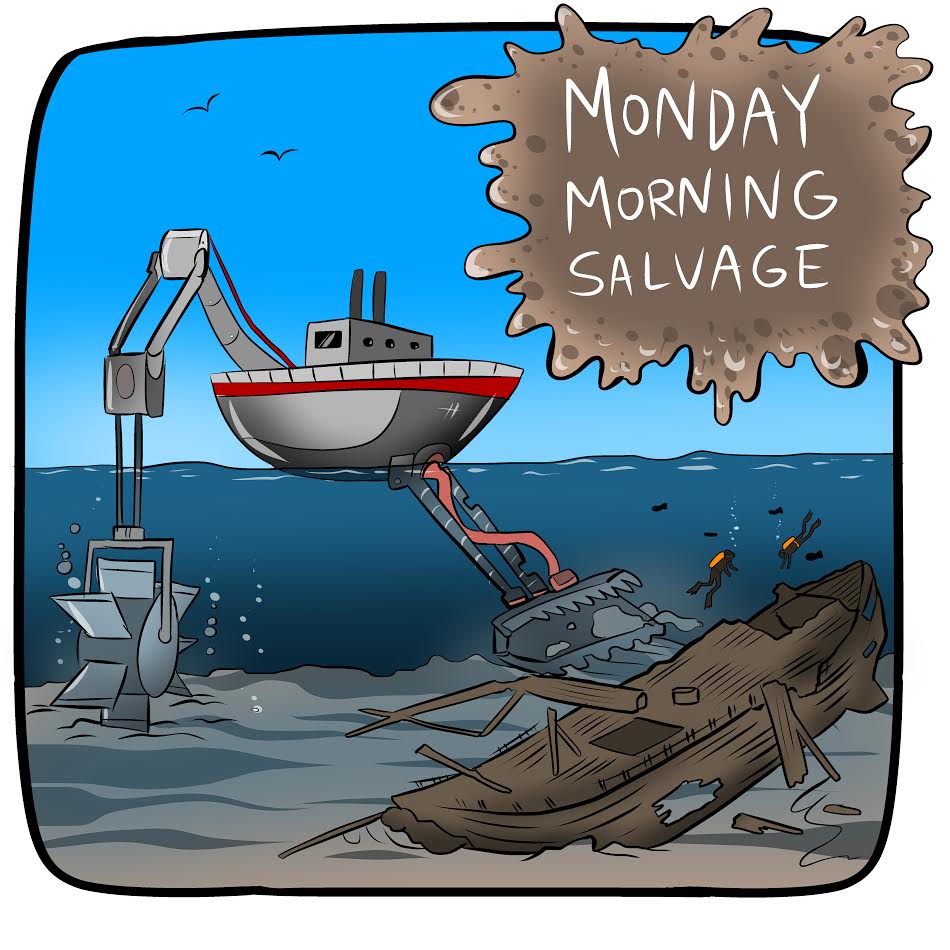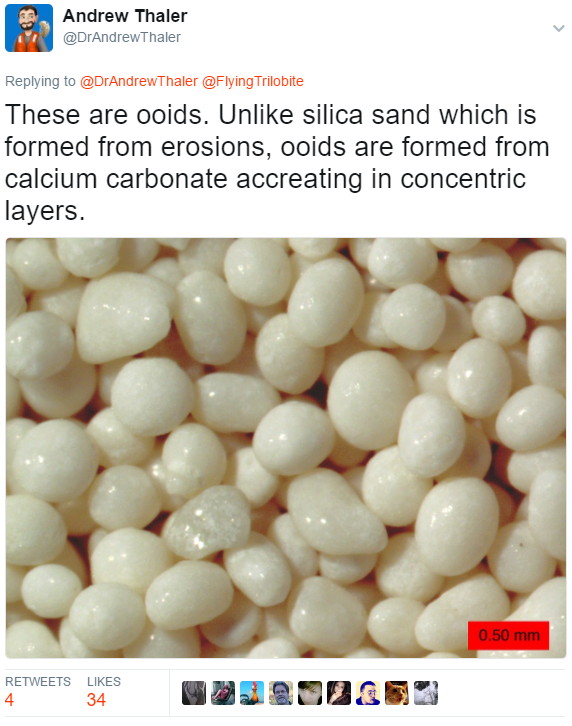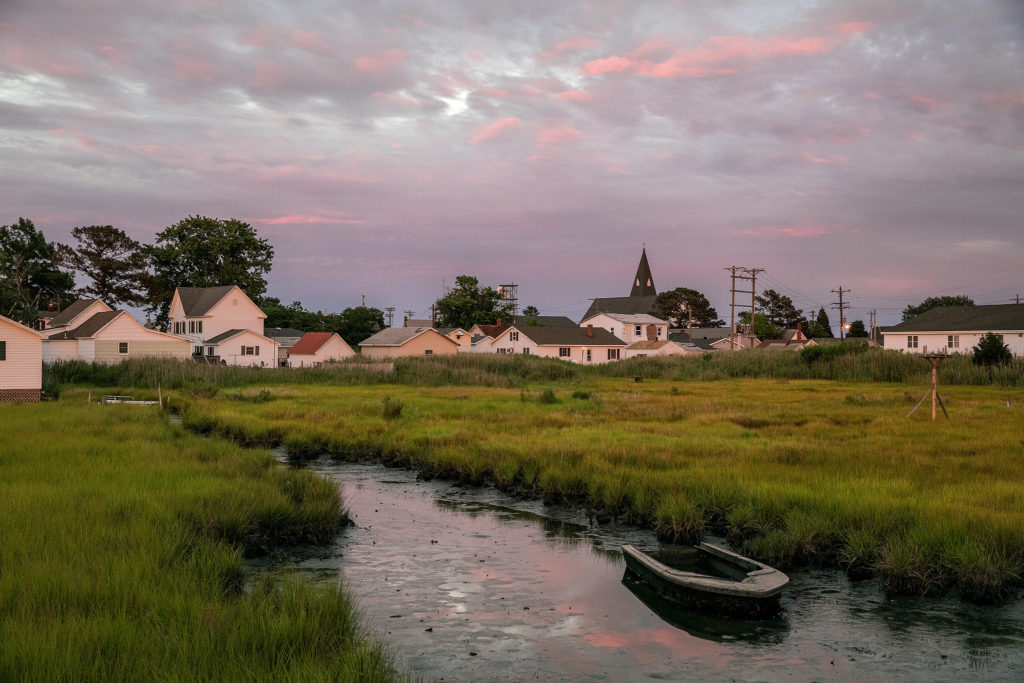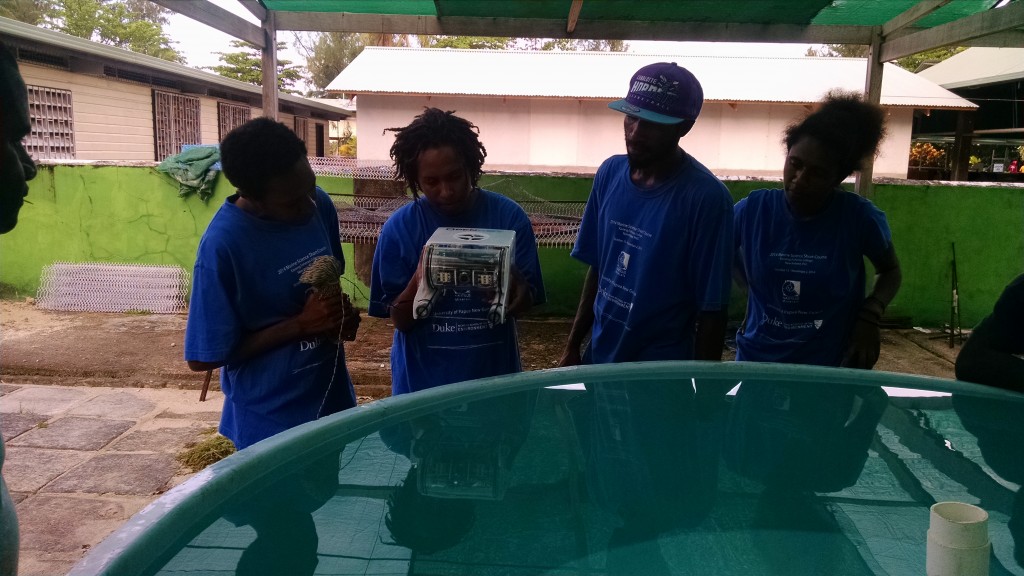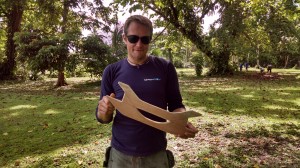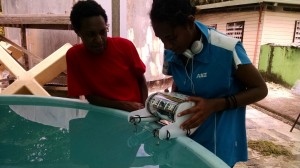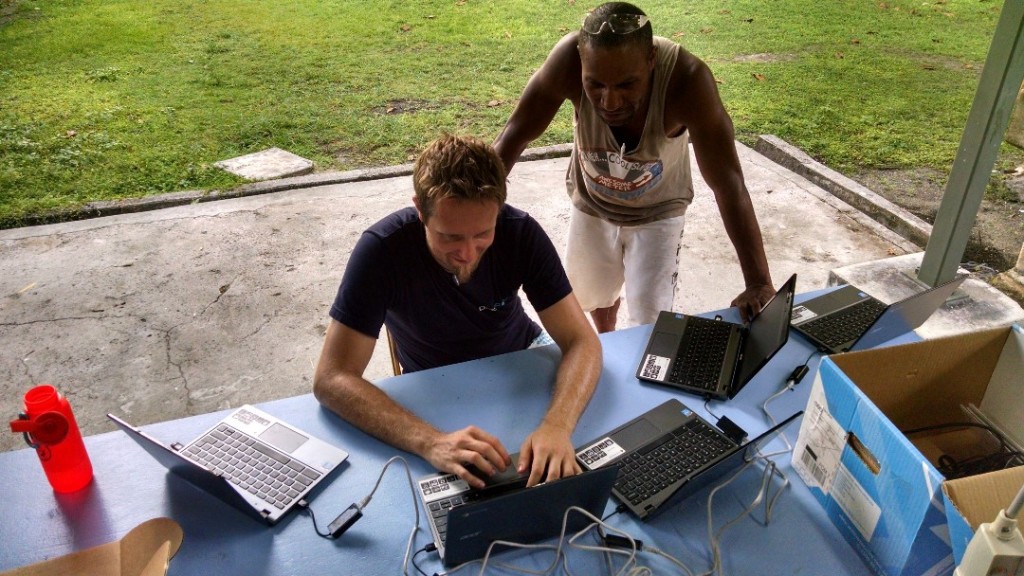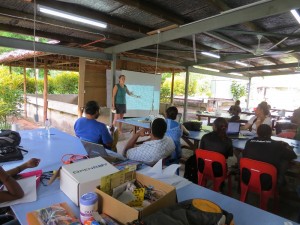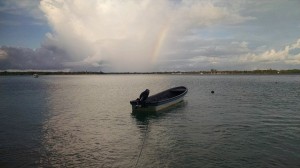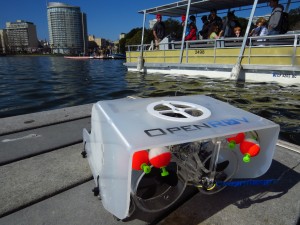
I’ve been away for 2 weeks, so it’s a super-massive edition of the Monday Morning Salvage!
Fog Horn (A Call to Action)
- There’s still an unimaginable amount of work to do in Dominica and across the Caribbean. Support the Rebuild Dominica Hurricane Relief fund or any of the other funds from our list: How to help our island colleagues in the wake of total devastation.
Flotsam (what we’re obsessed with right now)
- This is such a cool story: A Trail of Rocks Traces Historical Steamship Routes. We can track old steamship routes from rocks scraped out of the furnaces and tossed overboard.
- Former Papua New Guinea Attorney General attacks deep sea mining project. They always pick pictures for these articles that don’t show how much life is right around the vents.
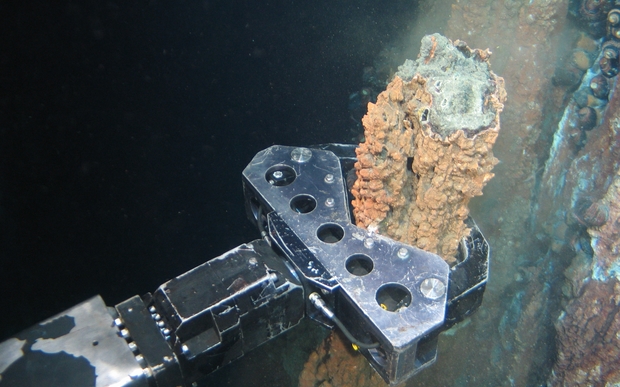
- Whose ecological footprint is bigger: Medics, economists, or environmentalists? Spoilers: conservationists still have an impact, but they sure ain’t number 1.
Jetsam (what we’re enjoying from around the web)
- There’s a fresh oil spill in the Gulf of Mexico, and it’s pretty darn huge:
- Some fun from Deep Sea News: When real-life marine biologist and mom goes to sea, she takes the octonauts with her.
- This is fine: Report on U.S. Marine Sanctuary Oil Drilling Sent to White House, Not Released to Public. This is totally fine: Trump Administration Proposes Largest Oil and Gas Lease Sale in U.S. History.
- Alaska’s Oyster Farmers Are Filling an Acidification-Driven Void. The state’s oyster farming industry is gaining ground as growers elsewhere struggle. From Hakai Magazine, which is great.
- Nature is one of the most under-appreciated tools for reigning in carbon. From Anthropocene, which is fast becoming my favorite environmental print magazine. Sorry, Orion.
- Thousands of penguin chicks starve in Antarctica.
Hey, Andrew, how about you give us at least *some* good news today? Ok, fine.
